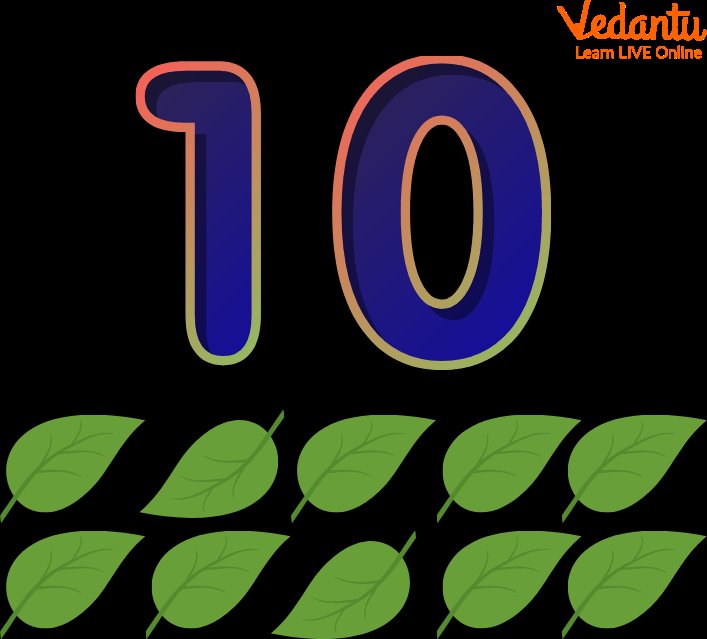
In this article, we’ll hop through a list of 10 animals that are similar to the red kangaroo. You’re probably wondering how they compare and what sets them apart. So, let’s dig into the world of these remarkable creatures! You might just find your new favorite animal along the way.
1. Eastern Grey Kangaroo
The eastern grey kangaroo is like the red kangaroo’s close cousin. While they both belong to the same family, the eastern grey offers a different vibe. Generally, they’re a bit smaller, with longer, more slender bodies and, surprise, a greyish coat! You might spot them in open forests and grasslands, where they graze on grasses and leaves.
One key way to tell them apart? The red kangaroo is known for its reddish-brown fur, while the eastern grey sports—well, you guessed it—grey fur! Also, the eastern grey usually has a more rounded face. So, if you’re ever confused, just check out their color and facial shape.
2. Western Grey Kangaroo
Next up, we have the western grey kangaroo. These guys share some similarities with their eastern cousins but showcase their own distinct charm. They tend to be a bit stockier and bulkier than the eastern grey, with a body build that might remind you of a rugby player!
One thing to look out for is their habitat. While red kangaroos love the arid outback, western greys prefer the wetter areas like woodlands and grasslands in the southern parts of Australia. Keep an eye on their size—they’re generally smaller than red kangaroos but still pack a punch with their powerful legs for jumping.
3. Antelope Ground Squirrel
Now, let’s pivot from marsupials to rodents. The antelope ground squirrel may not look much like a kangaroo at first glance, but they share a few interesting traits. For starters, both animals are agile and have long hind limbs, allowing them to maneuver swiftly in their environments.
You’ll mostly find them in the deserts of the southwestern U.S. They’re a lot smaller than red kangaroos, stretching only about 10-12 inches long. But if you see them darting around, you might catch a glimpse of their playful nature, much like the red kangaroo. Just remember, if you’re looking for a cuddle buddy, the red kangaroo is way more huggable!
4. Wallaroo
Wallaroos are another relation to the kangaroo family tree. These robust little creatures boast a compact build that makes them look like a smaller version of a kangaroo. They live primarily in rocky outcrops and hilly regions, which is quite the contrast to the red kangaroo’s preference for more open spaces.
Their fur is often darker, and their faces are broader—perfect for nibbling on tough vegetation. If you’re observing them closely, you’ll notice that wallaroos are quite the climbers. Unlike red kangaroos, they are skilled in navigating rocky terrains, which gives them an edge in their habitats.
5. Quokka
Let’s talk about the quokka, often called the “world’s happiest animal.” While they’re much smaller than red kangaroos, they share some characteristics, like being herbivorous marsupials. Quokkas are also curious and social creatures, often found in groups, making them a delightful sight on Rottnest Island in Australia.
You can distinguish quokkas from red kangaroos by their size—they are about the size of a domestic cat! They have round faces and a stocky build covered in coarse fur. Plus, their friendly demeanor might just charm you, leaving you wanting to snap a photo with them for your social media.
6. Tammar Wallaby
Tammar wallabies are another close relative with some striking similarities. They are much smaller than red kangaroos, with adults weighing about 10-15 pounds. Their fur is a beautiful mix of brown and grey, which gives them great camouflage in their bushy habitats.
These wallabies are more nocturnal than red kangaroos, often creeping out at night to forage for leaves and grass. If you were to see both side by side, you’d notice the tammar wallaby’s smaller stature and shorter legs. They’ve adapted over time for different living conditions, further diversifying the kangaroo family.
7. Red-Necked Wallaby
The red-necked wallaby, often mistaken for the red kangaroo, has a few distinct features to help you tell them apart. These wallabies have reddish fur on their necks and a more slender body compared to their kangaroo cousins. They are also known for their long tails, which they use to balance while hopping around.
You’ll typically find them in forests and grasslands on the east coast of Australia. Their social nature means they often gather in small groups, making them great companions, much like their kangaroo relatives. It’s always a treat to spot them, especially when they’re bouncing around in the late afternoon sun.
8. Bennett’s Wallaby
Bennett’s wallaby is yet another cousin from the kangaroo family. Often referred to as the “swamp wallaby,” they are generally smaller than the typical red kangaroo. With a more rounded face and shorter ears, you can spot them munching on grasses and leaves in dense bushland.
These wallabies are known for their agility in navigating tricky terrains, much like kangaroos, but their small size makes them more adaptable to thick vegetation. When you see them leaping away, you might even notice their powerful hind legs—a feature they share with their larger relatives.
9. Agile Wallaby
The agile wallaby is one of the smaller marsupials in the family and has a body shape that closely resembles that of a red kangaroo, though they’re significantly smaller. Their long legs and powerful hindquarters allow them to hop quickly, and they’re known for their speed, making them hard to catch in the wild.
These wallabies thrive in open woodlands and grasslands, often forming small groups. When you spot one, you’ll likely see their agile movements as they bounce away from any sign of danger. Their fur is generally a beautiful mix of brown and grey, providing excellent camouflage in their environments.
10. Brush-Tailed Rock-Wallaby
Last but not least, the brush-tailed rock-wallaby is an enchanting member of the kangaroo family. These wallabies are known for their bushy tails and striking markings, which set them apart from red kangaroos. They thrive in rocky habitats, where they navigate cliff faces with ease.
What’s interesting about them is their unique social behavior. They can often be found in small groups and have a more timid nature. If you’re lucky enough to see their agile movements while climbing, you’ll appreciate how they’ve adapted to their rugged surroundings, a trait they share with some of their kangaroo cousins.
In conclusion, while the red kangaroo is undoubtedly a star of the marsupial world, it’s surrounded by a wonderful array of similar animals that each showcase nature’s creativity. Whether it’s the size, habitat, or behavior, each creature offers a glimpse into the rich tapestry of wildlife that Australia has to offer. So, next time you think of kangaroos, remember the fascinating relatives that hop closely behind them!

